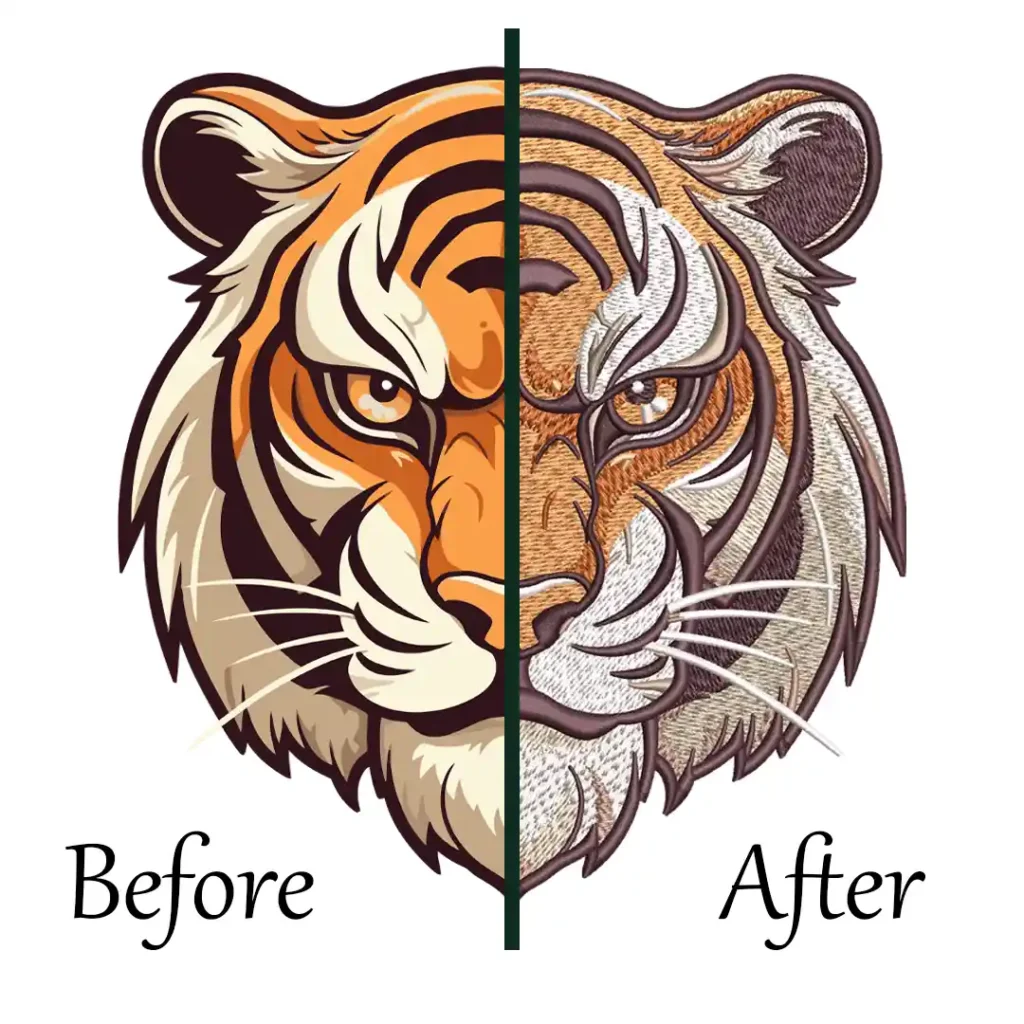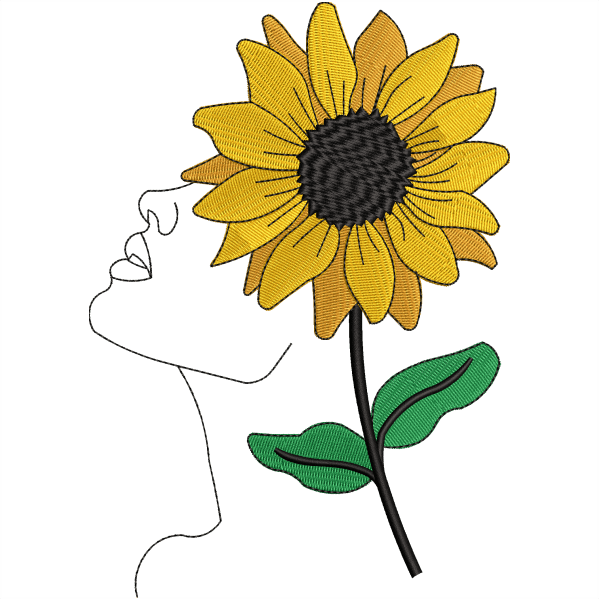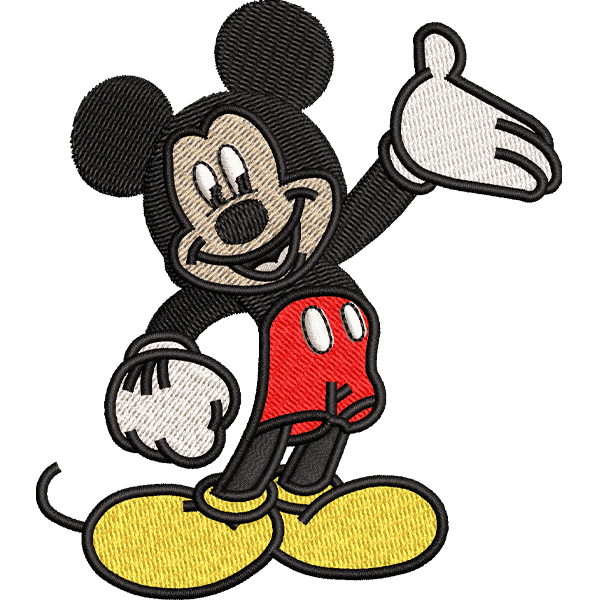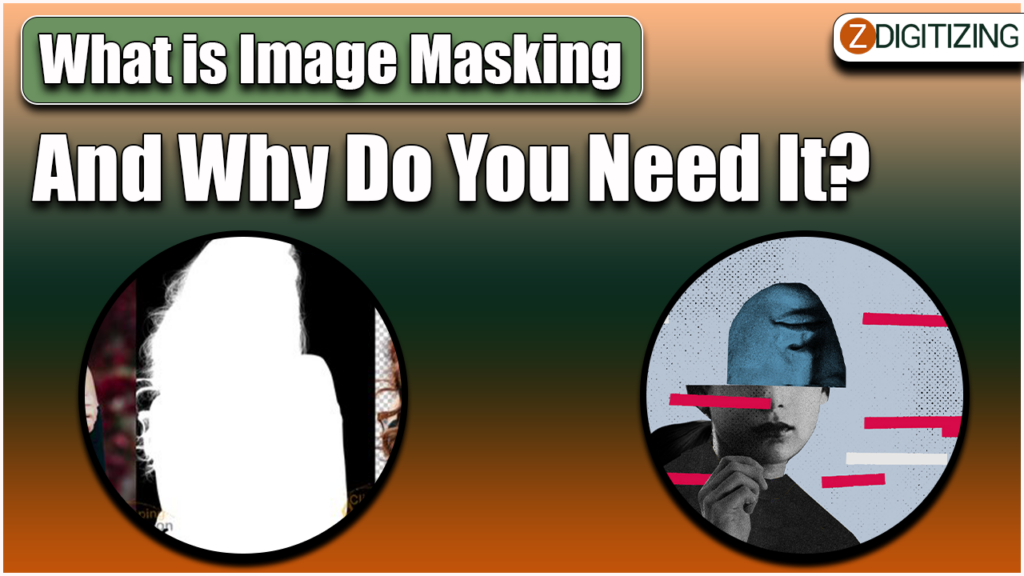
In this article, we delve into the concept of image masking, its various methods, and explore why it is an indispensable tool in the world of visual editing.
What is image masking and Why do you need it?
What is Image Masking?

Image masking is a process that involves isolating specific areas or elements within a mask image, allowing for targeted adjustments or enhancements. Unlike traditional selection tools that create hard edges, channel masking techniques produce smooth transitions and intricate details, resulting in natural and professional-looking edits. By concealing or revealing portions of an image, masking offers unparalleled control and precision. Image masking is a powerful technique in the realm of graphic design and image editing that enables professionals to achieve precise and seamless edits. Whether you’re a seasoned designer or an aspiring artist, understanding image masking and its applications can elevate your creative capabilities to new heights.
Types of Image Masking Techniques:
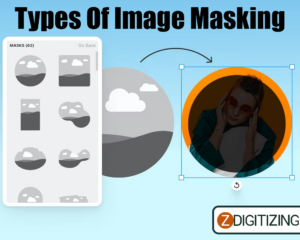
Layer Masks:
Layer masks provide a non-destructive way to hide or reveal specific portions of an image. They function by utilizing grayscale masks that define the visibility of different layers or layer groups. Layer masks allow for seamless blending and adjustments, making them ideal for complex subjects like hair, fur, or intricate objects.
Clipping Masks:
Clipping masks utilize the content of one layer to determine the visibility of another layer. By using the shape or transparency of the content layer as a mask, you can create precise edits limited to the areas defined by the mask. Clipping masks are particularly useful for applying adjustments or effects to specific elements within an image.
Alpha Channel Masks:
Alpha channel masking involves using the transparency information stored in an image’s alpha channel to create precise selections. This technique is commonly used in situations where complex object extraction is required, such as isolating subjects with wispy or intricate edges.
Channel Masks:
Channel masks involve utilizing the information from specific channels (such as the Red, Green, or Blue channels) to create masks. This technique is useful when you need to isolate or modify specific color information in an image.
Transparency Masks:
Transparency masks are commonly used in software applications that support transparency layers. They allow you to control the transparency or opacity of specific areas within an image, creating smooth and gradual transitions.
Vector Masks:
Vector masks use vector paths or shapes to define the visibility of image elements. This technique is particularly effective when working with geometric shapes, logos, or text, as it allows for precise control over the edges and contours.
Quick Masks:
Quick masks provide a temporary way to create selections using brush tools. By painting over the areas you want to include or exclude, you can generate a quick selection mask that can be refined and transformed into a more precise mask later on.
Refine Edge Masking:
Refine Edge masking is a technique used to refine and enhance the edges of a selection or mask. It allows for the adjustment of feathering, smoothing, and contrast to create seamless and realistic transitions between masked and unmasked areas.
Remember, each type of masking technique offers unique advantages and is suitable for specific editing scenarios. Exploring and experimenting with these techniques will expand your creative possibilities and enable you to tackle a wide range of image editing challenges with precision and finesse.
The Importance of Image Masking:
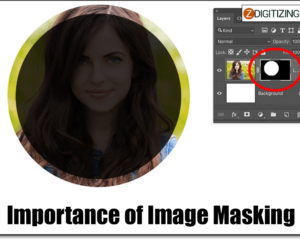
Image masking is a vital tool in various scenarios, including:
Background Removal:
Masking enables the removal of image backgrounds while preserving fine details, resulting in clean and professional-looking cutouts. It is especially valuable when dealing with subjects with complex edges, like trees, fur, or translucent objects.
Image Compositing:
Masking allows for the seamless blending of multiple images or elements to create visually captivating compositions. It ensures smooth transitions and precise integration, enabling artists to combine disparate elements into a cohesive and believable final image.
Retouching and Enhancement:
With image masking, selective retouching becomes a breeze. By isolating specific areas, artists can apply targeted adjustments, such as skin smoothing, object removal, or color correction, without affecting the rest of the image. This level of control enhances the overall quality and aesthetic appeal of the final result.
Product Photography:
Image masking is crucial in e-commerce and product photography, where clean and professional visuals are paramount. By isolating products from their backgrounds, masking allows for consistent branding and enhances the presentation of products on websites or catalogs.
Seamless Product Presentations:
Image masking is essential for creating professional and visually appealing product presentations. By removing backgrounds or isolating objects toolbox, you can showcase products on various backgrounds or merge them seamlessly into different visual contexts, enhancing their overall presentation and increasing their marketability.
Enhanced Creative Freedom:
Image masking empowers designers and artists with enhanced creative freedom. By selectively revealing or concealing certain areas of an image, they can manipulate and combine multiple elements to create unique compositions, collages, or visual effects. This flexibility opens up a world of creative possibilities and allows for the realization of imaginative and captivating visuals.
Improved Advertising and Marketing:
In the realm of advertising and marketing, image masking is instrumental in creating eye-catching visuals that effectively communicate brand messages. By isolating products or subjects from their backgrounds, marketers can place them in captivating scenes or incorporate them into compelling graphics, making their advertisements more engaging and impactful. This helps grab the viewer’s attention, convey the intended message clearly, and ultimately drive conversions and sales.
Overall, image masking is a powerful technique that serves various purposes, from precise image editing to creative exploration and effective visual communication. Its importance cannot be understated in today’s digital age, where captivating visuals are key to capturing attention and leaving a lasting impression.
Advanced Applications of Image Masking:
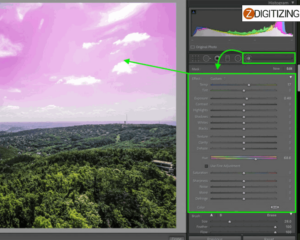
Beyond the basics, image masking opens up possibilities for advanced editing techniques, including:
- Masking enables the seamless blending of multiple exposures to create HDR (High Dynamic Range) images with enhanced tonal range and detail.
- Masking can be used to apply creative effects selectively, such as adding selective color splashes, applying texture overlays, or creating dramatic lighting effects, all while maintaining control over the areas of impact.
Image masking techniques, particularly alpha channel masks, are indispensable when it comes to extracting intricate objects, like fine jewelry, complex machinery, or subjects with intricate details.
Conclusion:
Image masking empowers graphic designers, photographers, and artists with unmatched control over their editing process. Whether you’re striving for flawless background removal, seamless image compositing, or precise retouching, understanding and mastering image masking techniques is essential. By harnessing the power of layer masks, clipping masks, and alpha channel masks, you can elevate your creativity and produce stunning visuals that captivate and inspire.
So, dive into the world of image masking, unleash your artistic potential, and unlock a realm of infinite possibilities in visual editing.
We hope this article would be helpful for you. If you want to digitize embroidery design you would need a professional like ZDigitizing, as digitizing is a complex process.
Zdigitizing is a digitizing embroidery company that provides complete digitizing and vector art services all over the world to businesses, industries, and corporations.
So, if you need a digitizing or vector art service for your embroidery machine, with a super-fast turnaround and excellent quality, Zdigitizing will be your best choice. Just click the link below and get a free quote in less than 5 minutes. We offer 50% off on all our services to our potential customers.
Frequently Asked Questions
Image masking is a technique used in graphic design and image editing to selectively hide or reveal certain portions of an image. It involves creating a mask or a selection that determines which areas of the image should be visible and which should be concealed.
Masking in image editing refers to the process of isolating specific parts of an image to apply edits or effects only to those areas. It allows for precise control over adjustments, such as changing the background, enhancing certain elements, or removing unwanted objects, without affecting the rest of the image.
Image masking is essential for various purposes. It helps in removing or replacing backgrounds, creating composite images, achieving fine details in complex objects like hair or fur, and maintaining transparency for overlaying images on different backgrounds. It enables precise editing and ensures high-quality results in professional graphic design and photo retouching.
The two common methods for masking are layer masks and clipping masks. Layer masks allow you to control the visibility of specific layers or layer groups, while retaining the original image data. Clipping masks, on the other hand, use the content of one layer to define the visibility of another layer or group, creating a mask based on the

